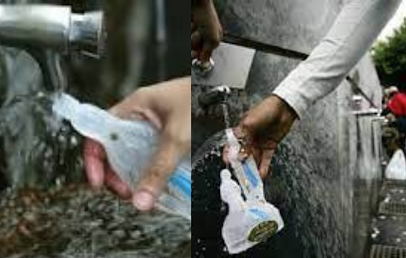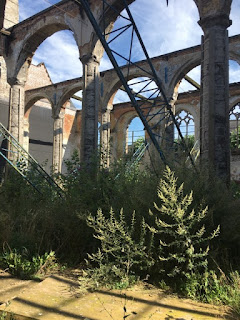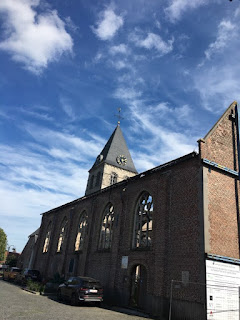Paris FRANCE
August 29
As we turned the corner onto the Champ de Mars, the grand public park unfurling before us like an emerald carpet, we were filled with anticipation. Suddenly, we stopped in our tracks. There it was. Mario quickly raised his Samsung to capture the moment, and I couldn’t help but stand in awe. Rising above the skyline like a guardian of dreams was the Eiffel Tower, a lattice-worked masterpiece that seemed to defy gravity and expectation.
Seeing the Eiffel Tower for the first time is an experience that cannot be adequately described without invoking a sense of enchantment. For years, I had admired its image on postcards and travel books, but those pale in comparison to reality. The Tower stood majestic against a backdrop of pale blue, with wisps of white clouds painting the sky. It was both massive and delicate, a paradox of iron that seemed to make perfect sense in the heart of this city known for its light and romance.
As we drew closer, I couldn’t help but marvel at the Tower’s engineering brilliance. As a civil engineer myself, I found the structure fascinating. Each step brought me nearer to the intricate details – the crisscross of beams, the artful symmetry amidst the seeming chaos of metal, and the way the sunlight cast playful shadows that danced upon the ground. It was as if the Tower was alive, each beam pulsing like a vein in a century. I stood in awe of its strength and elegance, a perfect marriage of art and science.
“Raymond and Cherrie, stay right there. Don’t move. Look at me. Perfect.”
Mario’s directions were as precise as they were persistent. Merlita, Cher, and I posed now and then at the strategic spots he chose around the base of the Eiffel Tower. After an hour of capturing our presence against this iconic backdrop, we decided to head home. Or so we thought.
We soon realized we had a problem. None of us could recall exactly where Mario had parked his SUV. All we had was a screenshot of a restaurant named Casa Luca, which was adjacent to the entrance of an elevator leading to the fourth level of an underground parking garage. Worse, there were three Casa Luca in the area. Armed with this scant information, we began our search.
Mario, who had driven to Paris several times before, took the lead. He walked block after block, street after street, yet the elusive parking spot remained hidden. Asking a local waiter yielded no results, and even a woman who tried to help by Googling the location couldn’t pinpoint it.
After some negotiation, Mario secured a cab, and we were finally on our way. The driver expertly navigated the narrow Parisian streets, and within minutes, we arrived. The fare? A hefty 50 euros, but worth every cent to resolve our confusion. In my college production management class, we called this the “value of perfect information” – a fitting term for the price we paid to find our way back after over two hours of search.
Yet, this unexpected detour didn’t mar our spirits. It added an adventurous twist to our day. Driving back, I couldn’t help but reflect on the unforeseen joys of our trip. The smooth ride on the six-lane highways leading in and out of Paris was a thrill in itself. Back home in the Philippines, my Toyota Vios never had the luxury of such expansive roads; the fastest I could push it safely was 100 kph, limited by the short stretches of decent highway.
Here, Mario comfortably cruised at 130 kph with his 14-year-old Chevrolet Captiva, yet we were still being overtaken by faster cars zooming past us. Mario offered me the wheel several times, tempting me with the thrill of driving on these magnificent roads. But, aware of Cher’s apprehension about my speed-loving nature, I reluctantly declined.
The French highways impressed me with their organization and drivers’ discipline. Trucks, restricted on weekends, stuck to the rightmost lane at a maximum speed of 90 kph, while most cars occupied the middle lanes, leaving the left lane for those in a hurry. Nearer to Paris, a special lane was reserved for emergencies, police, and taxis – a testament to the city’s thoughtful infrastructure planning.
I was equally impressed by the Aires de service, or service areas, strategically placed along the highways. These stops offered a variety of amenities – fuel stations, restaurants, cafes, restrooms, and even showers. Some even featured picnic spots with tables and chairs, perfect for travelers looking to relax and refresh. For senior travelers with history of prostate issues, the conveniences, especially the toilets, were more than just welcome, they were essential.
By the time we finally returned home, tired but exhilarated, Merlita and Cher couldn’t help but laugh as they suggested a fitting title for this adventure: Lost in Paris. And indeed, we were – lost in the city’s charm, in its surprises, and in its lessons on the joy of wandering.





















































